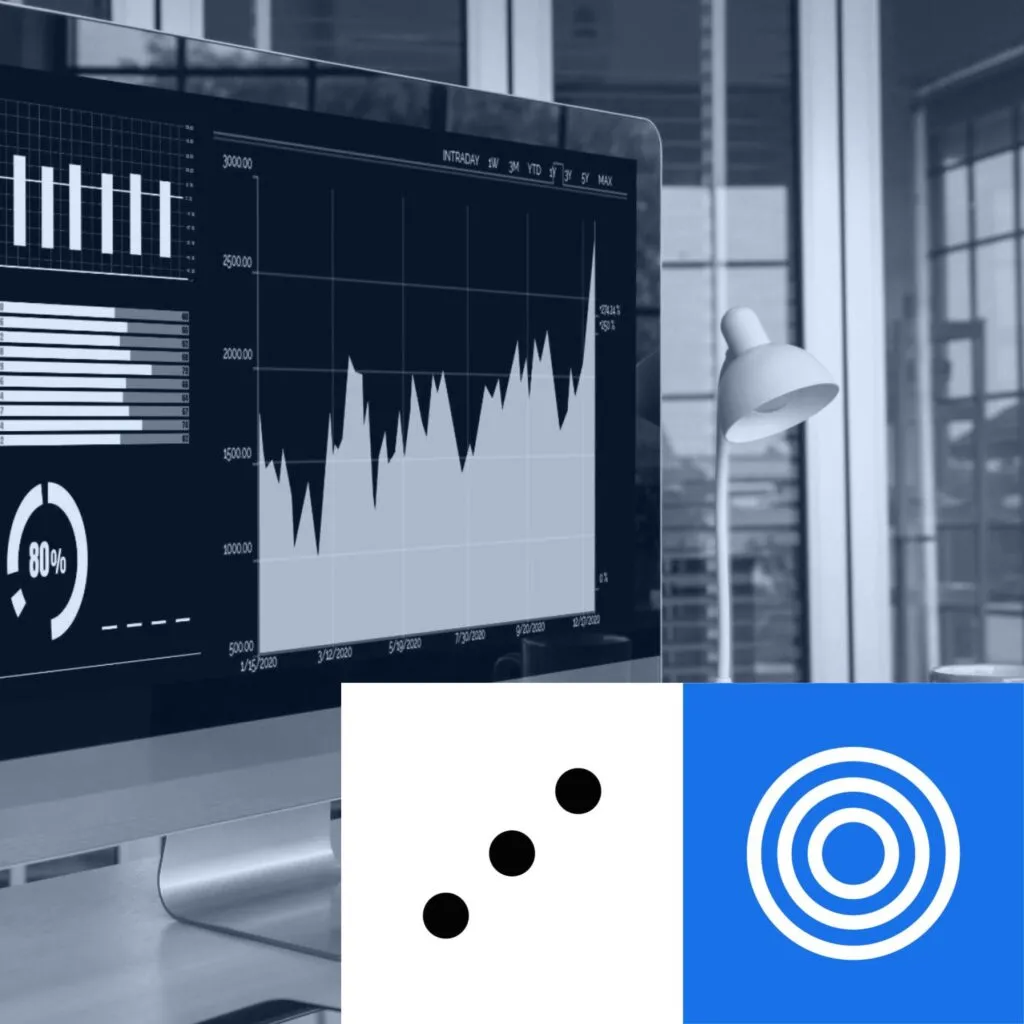After two years of seismic behavioral change, we find ourselves in a new world of limitless possibilities. The way we engage in digital spaces is becoming deeper and more immersive. In the age of the customer, businesses strive to focus on what their own customers value most.
What an organization knows, and how well it uses that knowledge, fuels business competitiveness and growth. To keep up with empowered customers and nimble competitors, businesses must change how they provision and manage customer data.
Implementing CDP strategy
Traditionally, organizations have used a variety of disconnected in-house and external solutions for customer data management. These previous environments yielded limited success, leaving customers with pain points and frustrations throughout their journey. This approach also stifled the organizations’ ability to convert insights into action due to disjointed systems and data silos. The legacy solutions offered limited analytics capabilities to apply customer data that improves the digital experience, and overly complex and slow SQL queries resulted in missed business opportunities.
Forward-thinking organizations embrace customer data platforms (CDP) to improve agility, increase efficiency, and fuel digital transformation. Organizations that have invested in a CDP solution have found that their marketing and customer-facing teams are more agile, responsive, and efficient. Improved insights into accurate, unified data are enabling smarter strategic spending and business decisions, while personalized campaigns are driving higher conversion rates. Organizations have also noticed that their call center teams are delivering better customer service and ad spending is yielding greater returns.
Overall, the investment in a CDP has enabled swift and smart decision making to capture opportunities, gain competitive advantages, and manage risks.
How to choose the right CDP for your business
The CDP market is difficult to comprehend. There are two main reasons for this:
There are too many vendors in the CDP market. And to qualify this, we are beginning to see multiple acquisitions, which is typical of markets that are becoming mature.
The offer is segmented. The term “CDP” actually hides the very diversified nature of the solution. A CDP is used for capturing, unification, and activation of customer data, but there are multiple ways of doing it, which has led to the emergence of multiple types of CDPs. The functional scope can also vary enormously from one platform to another.
In our opinion, there are the following three main types of CDPs:
1) Embedded in a Martech Suite
CDP offerings from leading Martech tool vendors that are integrated within a suite of tools, rather than being an independent software layer. Some examples include Salesforce, Adobe, Microsoft, and SAP.
2) Engagement-oriented CDP
These are “pure play” CDPs, focussed more on activation and/or engagement (self-service segmentation, journey orchestration, personalization, marketing campaigns, etc.). Some examples are Bloomreach, Segment, Tealium, Acquia, Blueshift, and CrossEngage.
3) Data management-oriented CDP
These focus more on data management aspects (e.g., ingestion, profile unification, data cleansing, stewardship, identifier resolution, etc.). Some examples include Octolis, mParticle, NG Data, and Treasure Data.
With the options galore, it’s not an easy task to downselect the one that will serve your digital marketing and IT needs. So, here are the 6 important steps that you should go through when choosing a CDP. Following these steps will ensure that you choose a platform that’s best fitted to your goals.
Step 1: Bring stakeholders into the process
Step 2: Define use cases
Step 3: Determine the tools needed
Step 4: Gather requirements
Step 5: Compare vendors
Step 6: Consider ROI
Choosing a CDP isn’t a quick process. You need to make sure you’re doing your due diligence to find the right product based on your specific use cases and requirements. O3 is a CX consultancy with the knowledge and experience to make this process seamless for your brand. Leveraging our strategic process will provide more value out of your data and get a better understanding of your customers.
In conclusion
In conclusion, a Customer Data Platform (CDP) is an essential tool for organizations aiming to improve customer engagement and marketing efforts. By providing a centralized repository of customer data, a CDP can offer organizations the ability to create a comprehensive understanding of individual customers, inform personalization efforts, and improve marketing effectiveness. Organizations can create highly personalized experiences for their customers, increase customer engagement and loyalty, and better track the success of marketing campaigns.
It is important to note that a CDP is not a one-size-fits-all solution and requires ongoing effort to maintain and optimize. Organizations must invest in data management practices and ensure that their teams have the necessary skills and resources to effectively leverage the CDP. Despite the challenges, CDPs offer numerous benefits to organizations that are looking to improve their customer experience and marketing efforts. By providing a unified view of customer data and the tools to analyze it, CDPs enable organizations to create more meaningful and impactful customer interactions, leading to increased customer satisfaction and loyalty.
For more information on how O3 can transform your CDP strategy, connect with us.
About the contributor
O3 helps organizations unlock growth and streamline operations through smart strategy, human-centered design, and integrated technology. We’re also the force behind the 1682 Conference, where leaders explore how AI shapes profit and process. Learn more about our work and innovation.

